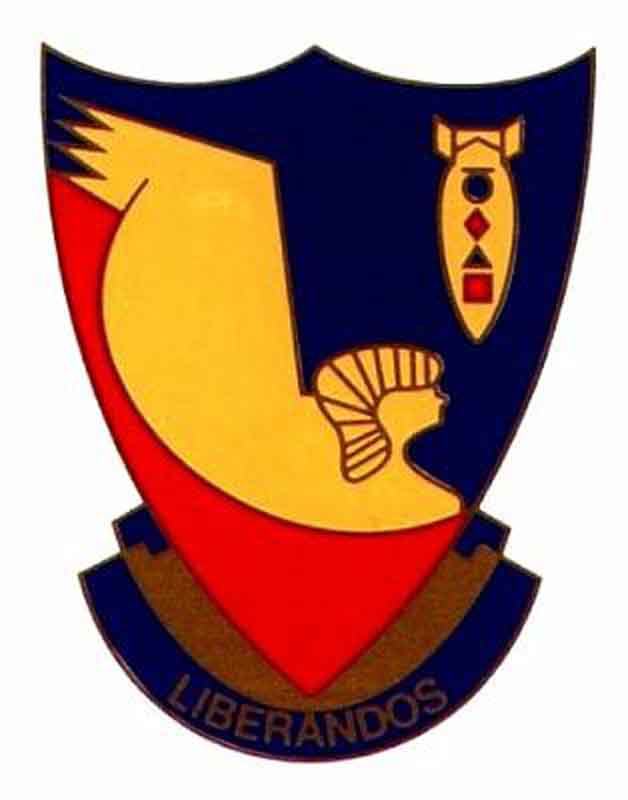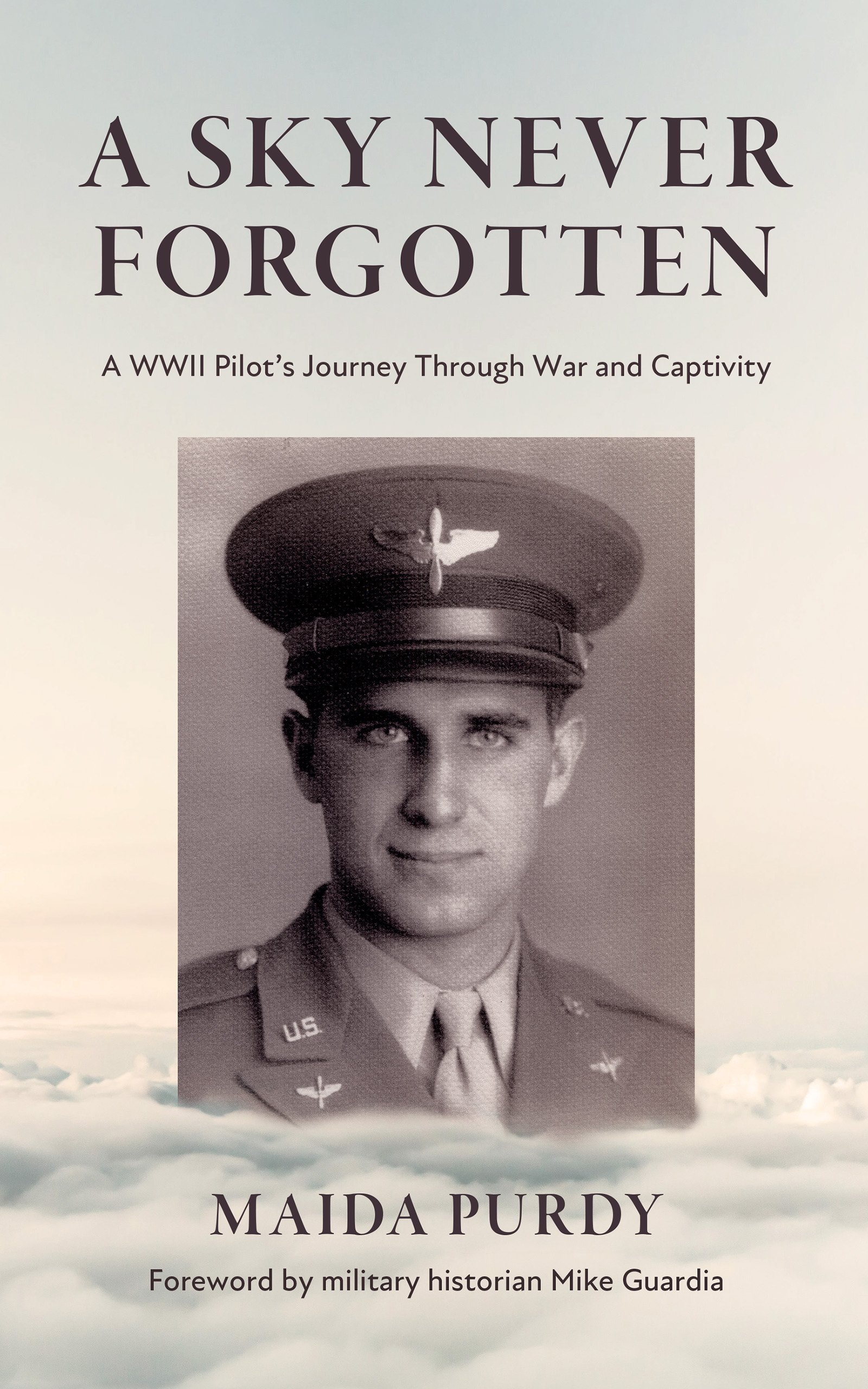There was no silence!
Click here to view the actual webpage.
This is the text via Google translate:
LESKOVAC
In recent years, precisely at the time when the commemoration at the memorial fountain is giving mail to the citizens of Leskovac who died in the so-called "allied" bombing of the city in 1944, the thesis has been circulating that in the period after the Second World War until the beginning of the nineties there was silence about it.
Allegedly, "communist" historians, as they are called by modern ideological converts, did not deal with the topic because of the "stigma" that the bombing was requested by the communists from the "allies". Some of them, namely those who came out of the communist cloak and accepted the new fashion of neoliberalism - categorically claim that the local and wider historiography refused to write about this event, covering up this terrible (in)deed carried out by the allies in coordination with the partisan leadership , intentionally or unintentionally. We can rightly say that they are mistaken, because local historiography has not been silent about this event. Unfortunately, without serious insight into the published publications and scientific periodicals, carried away by prejudices and personal frustrations, many interested people, and even those with academic titles, make hasty conclusions.
There is no book that talked about war and revolution without mentioning this event to the extent that it was known until then. You should consult Milivoj Perović's book, "Leskovac in war and revolution", Belgrade, 1968, which on pages 369-371 talks about the bombing of Leskovac on September 6, 1944 and states. "Because of that, and because it was thought that some units were staying in Leskovac, the decision was made to bombard Leskovac. This came with the consent of the General Staff of Serbia, and at the request of the head of the allied military mission, General McLean, who was with the military mission in Pustoj Reka, about 20 km away. northwest of Leskovac. Thus, during the Second World War, Leskovac experienced the second heaviest bombing". Whether this is in conflict with what is claimed to have been silent about this event is completely clear.
Without documentation, that is. original historical materials, it is not possible to write a historiography, that is why there is confusion about the number of people killed in that bombing. The first figure was published in the "Chronology of the Workers' and People's Liberation Movement 1903-1945" and it differs from the figure given by the original document (2,000), it is much smaller, although pressure was exerted by the survivors who indicated a large number of victims, but it was not was enough to accept it as true. However, new research did not give a higher figure than the one presented at the time, they amount to 819, including those who died as a result of the bombing.
It is incomprehensible that even some doctors of historical sciences claim that this bombing was not written about because of the allies, and at the same time they state an unrealistic death toll, much higher than it actually was. They don't even distinguish between allies, because the documentation they obtained clearly states that Leskovac was bombed by the Americans, and they are talking about allied bombing. We should talk about the American bombing of Leskovac, the same way we talk about the German bombing in 1941, because the Germans also had their allies on the ground, but they are not mentioned.
The fact that this event was kept silent for several decades is not true. "Our word", "Leskovački zbornik" were written about him on several occasions, and there are also texts in books. When the book "War in the Balkans" by Fitzroy McLean appeared, Atanasije Mladenović gave an account in the local paper and quoted everything that was related to Leskovac in the part about the bombing.
The fact that historians have not dealt with this topic is explained by ideological reasons, but this is a basic misconception - because it is not recognized that there were no relevant sources about this event. It is malicious to say: "if local historians served more truth and less ideology, they would have studied this problem more". The lack of historical sources is not taken as a serious argument, but is imposed as a crucial ideological determination and blindness in scientific work. Thus, he is not seriously engaged in historical science: the original material must be found and it must be processed thoroughly, without euphoria and falsification with which to reach results in the light of the "new" ideology, which is in trend. Mostly, this event is used more to attack the People's Liberation Movement and try to rehabilitate pro-fascist and pro-Nazi ideas. Because of this, many statements are tricky and do not serve to shed light on the problem, but rather serve daily political needs
It should also be noted on this occasion that Koča Popović, commander of the Main Staff of the NOV and POJ of Serbia, requested the bombing of Leskovac in July and August. However, the Allies bombed cities and other facilities when it suited them. The extensive bombing of Leskovac took place during the Ratvik operation, but there are also many contradictions. The question is whether the air base adhered to the information delivered to it, it is not known by whom, that there were 15,000 Bulgarians and 5,000 Germans and their collaborators in Leskovac, or whether Leskovac was bombed based on Koča Popović's request from July 1944. The easiest thing to say is how Koča Popović requested that Leskovac be bombed even though, according to the reports of the American 15th Air Force, Koča's request dates back to July 1944 and was not repeated after August. If a more serious contribution to the clarification of this event is desired, some sources must be accepted more critically. We must also analyze the reports of the units that bombed Leskovac and conclude how precise their actions were. Because parts of the city that Koča Popović did not mark were also bombed. It is easiest to condemn the partisans, but not the Germans who started the war and carried out the occupation. Data on how many people left NOVJ after the bombing, what is the state of the economy, and whether the Americans had to destroy a city that was not defended should be analyzed. All this requires analysis without load.
The telegram of the General Staff of Serbia dated July 21, 1944, which specifies what should be bombed in Serbia, is significant. In that document, it was said that in Leskovac, Gumara Rekord, the western edge of the city, the traffic lights on the northern and southern edge of the town should be bombed. So, the request sent to the Supreme Headquarters of NOV and POJ proposes specific facilities. However, today's researchers and "experts" do not ask why the Americans bombed the residential part of the city. But even when they try to explain it, they do so unilaterally, as if Koča Popović asked for the bombing of the city center. This kind of explanation is too transparent, it is aimed at compromising Koča Popović and the General Staff of Serbia, because the Americans are not to be blamed for that, who commit that crime at their own discretion, with a lot of failures that were mostly to the detriment of civilians, since the bombs were falling to the residential part of the city. However, the new historians do not even think of blaming the Americans.
In addition to the American documentation, there is also an operational diary of the Main Staff of Serbia for September 6, 1944, in which it was said: "The Allies bombarded Leskovac, over 500 Germans, 200 Chetniks and 300 volunteers were killed." Citizens over 1,000″. So there was no silence about that event even then. The Pirot People's Liberation Front also provides information on the bombing of Leskovac; there is also an extract from the diary of a Chetnik of the assault group of the corps, which was used and published in the book "Chetniks in the Leskovac region 1941-1944" by Dr. Živan Stojković, Hranislav Rakić and Nikola Ilić, and "Our word" and " Politics", but fierce critics do not consider that important!
Hranislav Rakić, historian

The website 376bg.org is NOT our site nor is it our endowment fund.
At the 2017 reunion, the board approved the donation of our archives to the Briscoe Center for American History, located on the University of Texas - Austin campus.
Also, the board approved a $5,000 donation to add to Ed Clendenin's $20,000 donation in the memory of his father. Together, these funds begin an endowment for the preservation of the 376 archives.
Donate directly to the 376 Endowment
To read about other endowment donation options, click here.
Reunion
NOTE change in the schedule !!
DATES: Sep 25-28, 2025
CITY:Rapid City, SD
HOTEL: Best Western Ramkota Conference Hotel; 2111 North LaCrosse St., Rapid City, SD 57702; 605-343-8500
Click here to read about the reunion details.




















